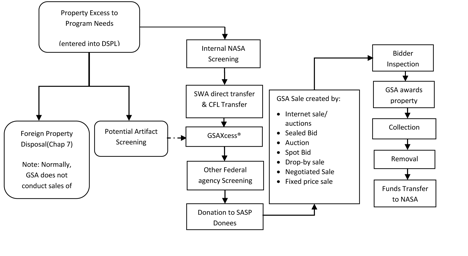Having a well-defined asset disposal process flow chart is crucial for organizations to effectively manage their assets and ensure compliance with regulations. This flow chart provides a step-by-step guide on how assets should be disposed of, from identification to final disposal. By following this process, companies can minimize the risk of data breaches, environmental harm, and legal repercussions.
1. Asset Identification: The first step in the process is to identify all assets that need to be disposed of. This includes physical assets such as equipment and furniture, as well as digital assets like data stored on computers and servers.
Asset Disposal Process Flow Chart
2. Assessment: Once assets have been identified, they should be assessed to determine their value and potential risks. This step helps organizations prioritize which assets need to be disposed of first and how they should be disposed of.
3. Disposal Method Selection: Based on the assessment, organizations can choose the most appropriate disposal method for each asset. This can include selling, recycling, donating, or securely destroying the asset to ensure data security.
4. Documentation: Proper documentation of the disposal process is essential for audit purposes and legal compliance. This includes recording details such as asset description, disposal method, date of disposal, and responsible personnel.
Benefits of Implementing an Asset Disposal Process Flow Chart
1. Data Security: By following a structured disposal process, organizations can prevent unauthorized access to sensitive information and reduce the risk of data breaches.
2. Cost Savings: Proper asset disposal can help organizations recoup some of the value of their assets through selling or recycling, leading to cost savings in the long run.
3. Compliance: Having a documented disposal process ensures that organizations comply with relevant regulations and industry standards, reducing the risk of penalties or legal action.
